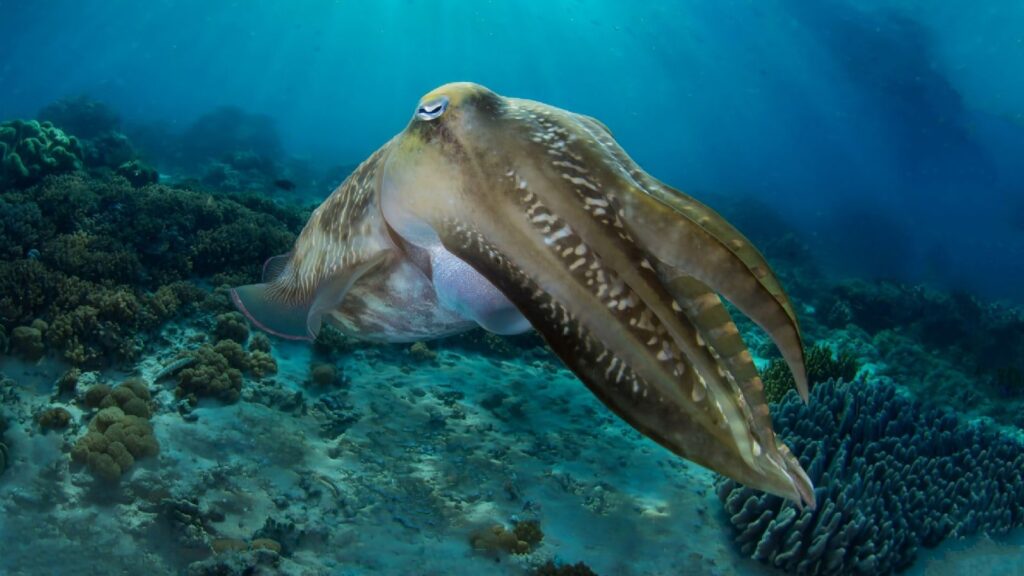Nature is full of surprises, and some of its most fascinating tricks involve the art of blending in. Camouflage helps animals hide from predators, sneak up on prey, or even just stay cool in their environment. Let’s take a look at 19 of these sneaky creatures that have perfected the art of disguise.
Chameleons
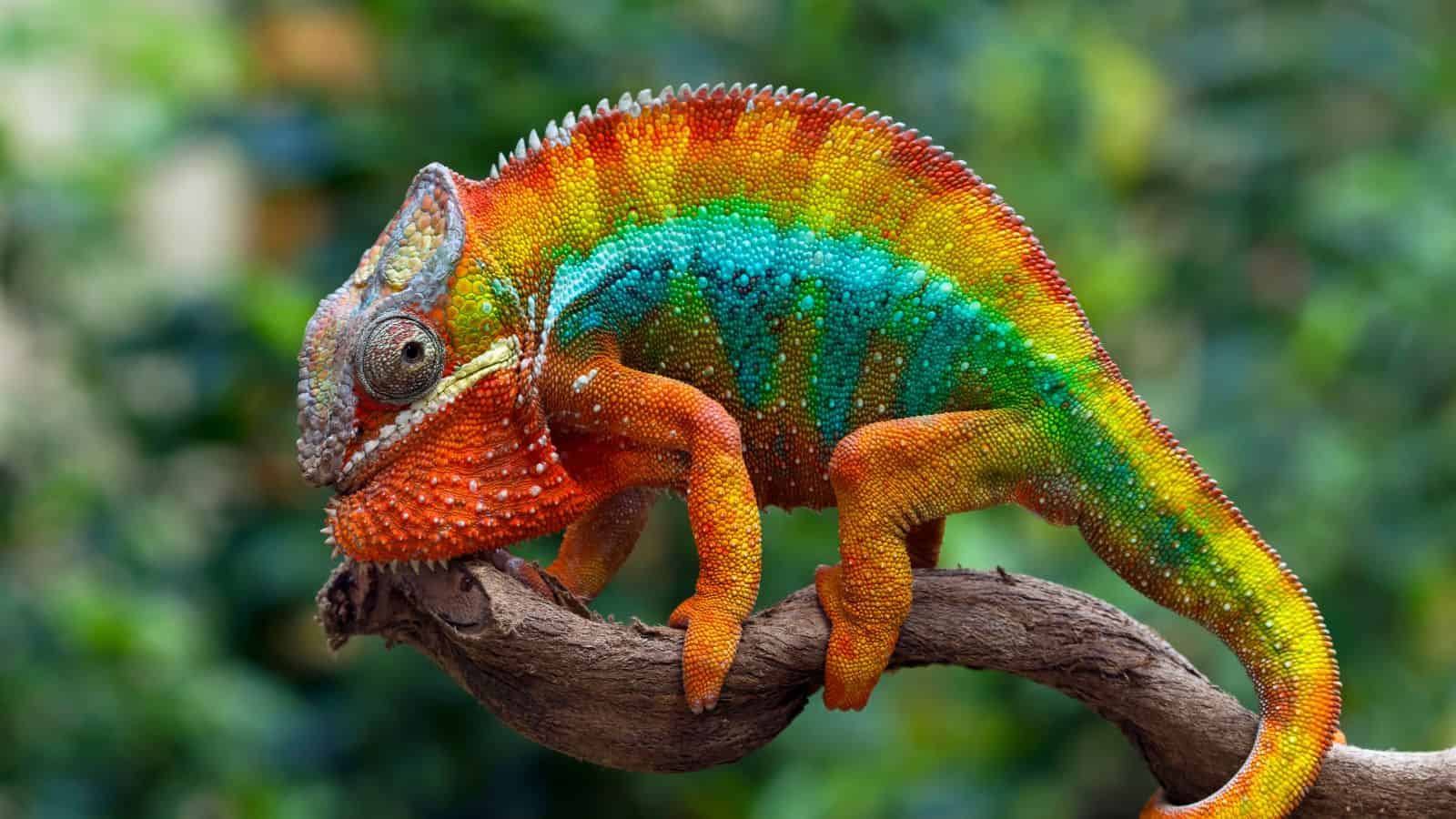
Chameleons are perhaps the most famous masters of camouflage, and they “often change color to warm up or cool down,” says National Geographic. These lizards can change their skin colour to match their surroundings, making them nearly invisible to both predators and prey, and they can alter their hue in response to mood. This incredible ability is due to special cells in their skin called chromatophores, which contain different pigments.
Leaf-Tailed Geckos
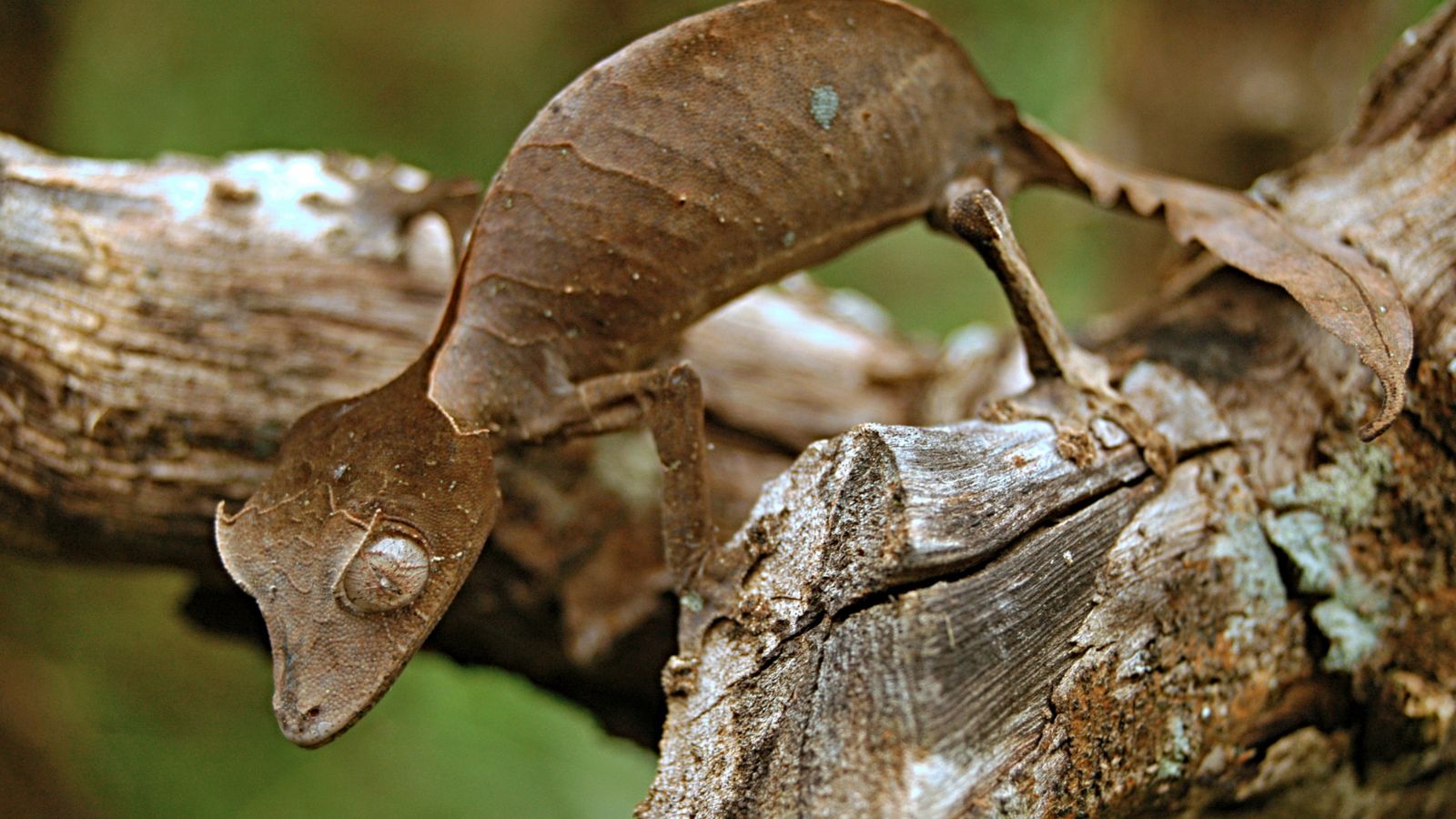
True artists of camouflage, leaf-tailed geckos have body shapes and colouration that make them look like dead leaves, complete with intricate patterns and even ‘veins.’ Found in Madagascar, these geckos can flatten themselves against tree bark or leaves, becoming nearly invisible.
Octopuses
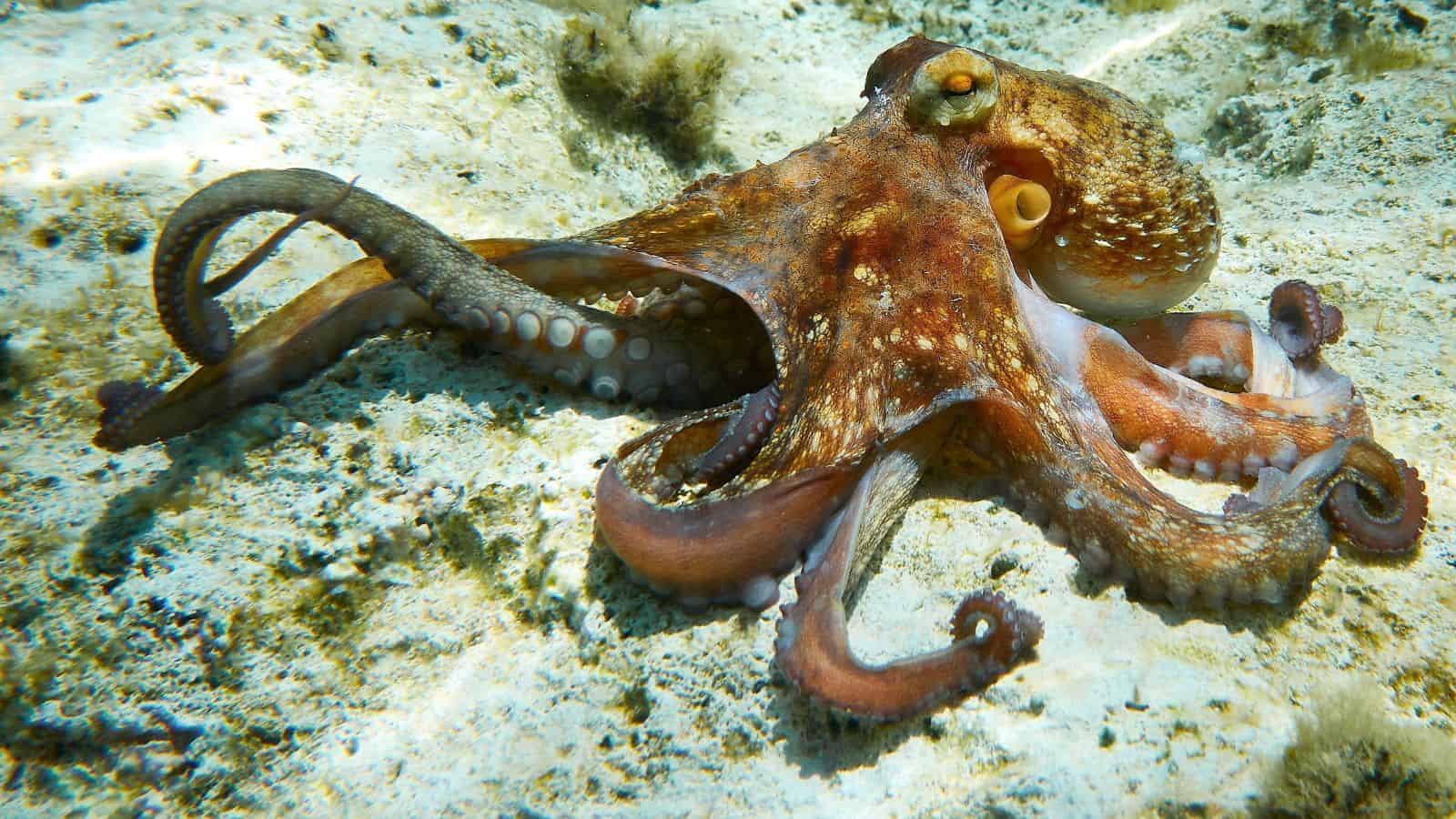
Octopuses are the underwater wizards of camouflage. These intelligent cephalopods can change their skin colour and texture to blend in with the ocean floor, coral reefs, or rocky crevices. They achieve this through specialised cells in their skin called chromatophores and papillae, allowing them to instantly alter their appearance.
Stick Insects
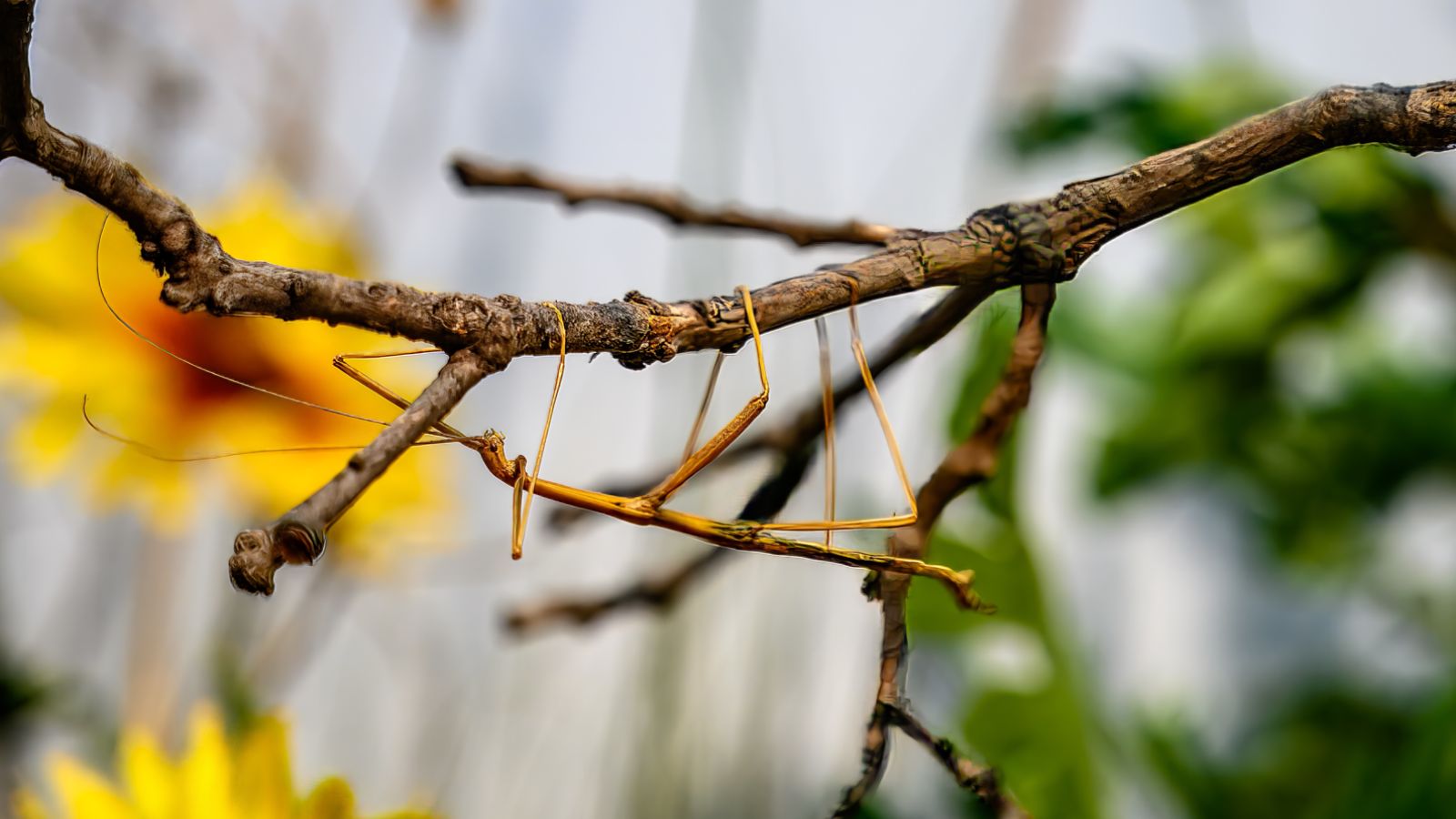
As their name suggests, stick insects look just like twigs or branches, and this remarkable mimicry helps them avoid detection by birds and other predators. Found in forests worldwide, these insects have elongated bodies and legs that blend seamlessly with their natural habitat.
Snow Leopards
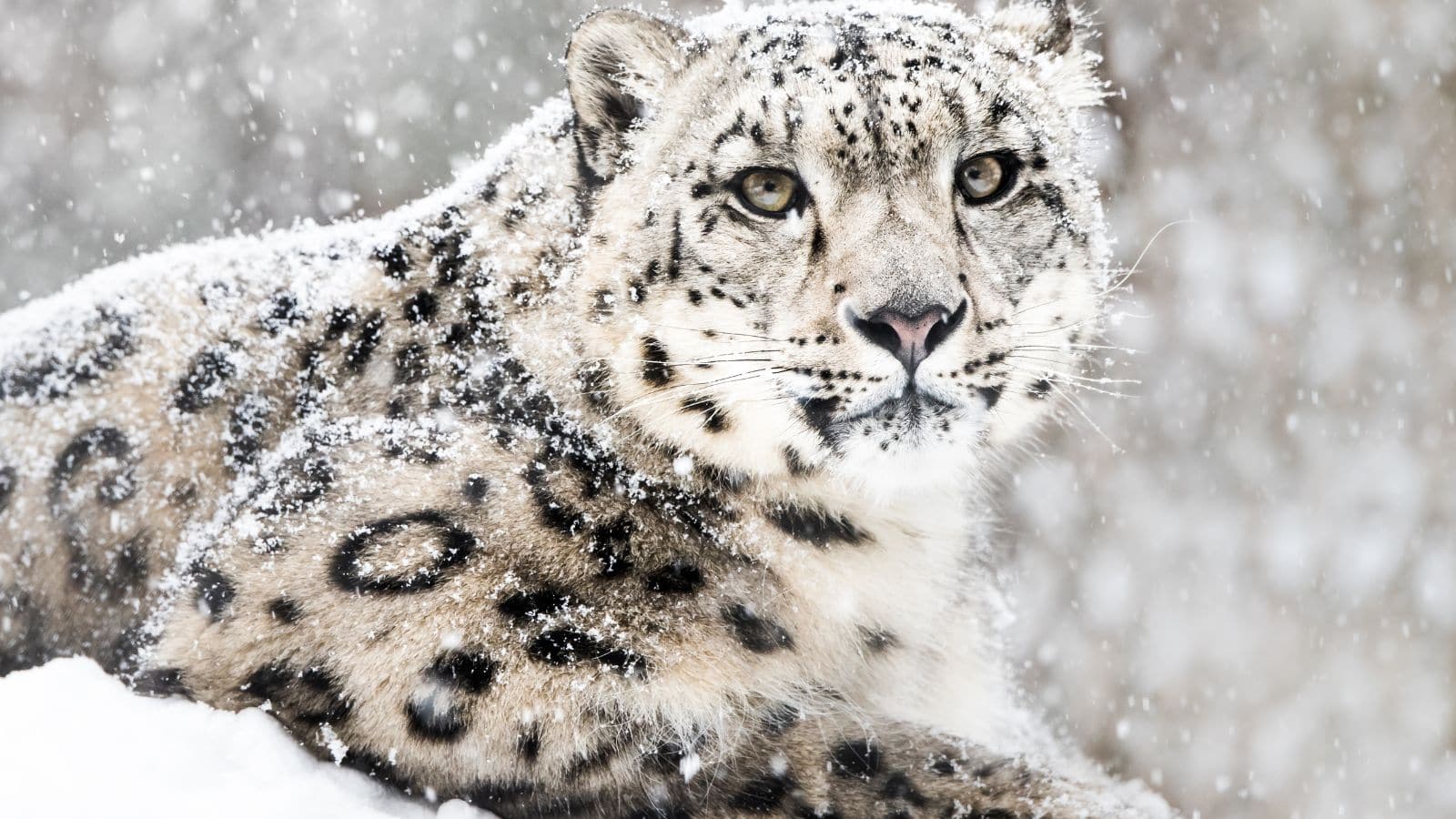
Snow leopards are elusive big cats that inhabit the mountainous regions of Central and South Asia. Their beautiful, spotted coats are perfectly adapted to blend into the rocky, snowy landscapes they call home. These rosettes and spots break up their outline, making it difficult for prey and potential threats to spot them against the jagged terrain.
Cuttlefish
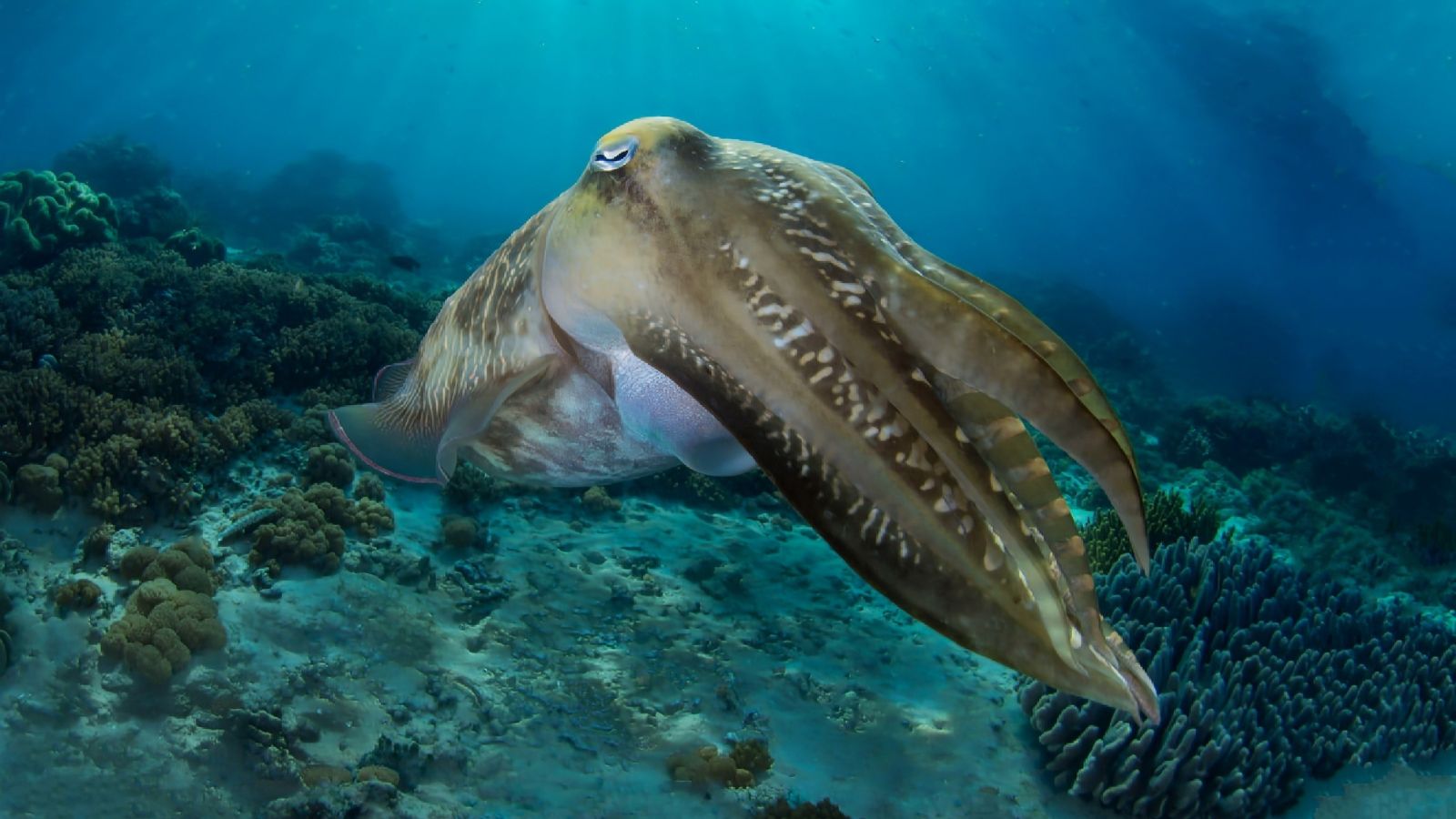
Masters of underwater camouflage—much like their relative, the octopus—cuttlefish can change their skin colour, pattern, and texture in the blink of an eye. They use this ability not only to hide from predators but also to communicate with each other and attract mates.
Pygmy Seahorses
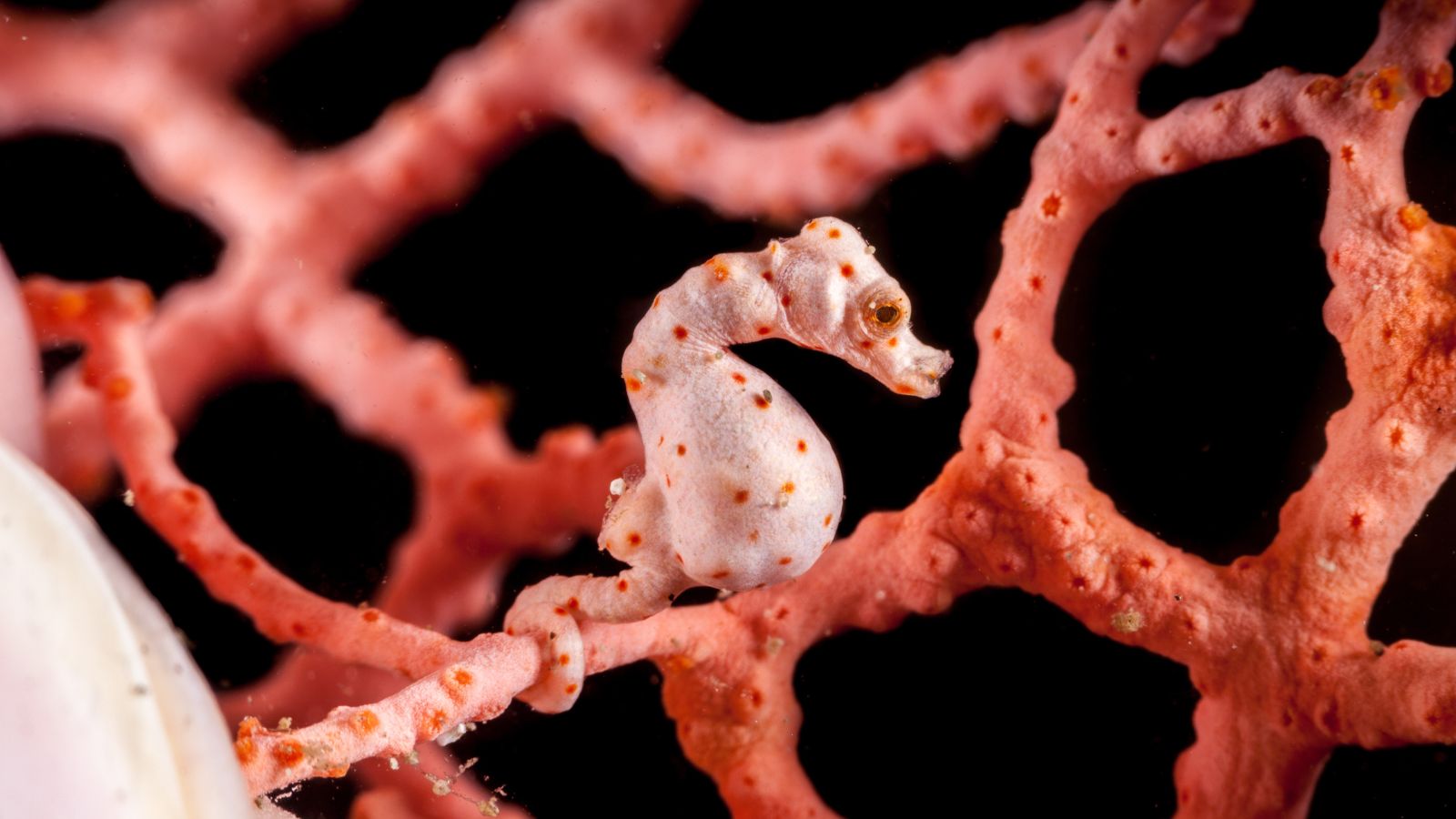
Pygmy seahorses are tiny creatures that are incredibly well camouflaged. No larger than a fingernail, these miniature seahorses live among the branches of sea fans and corals. Their bumpy, textured bodies match the coral polyps perfectly, making them nearly impossible to spot.
Mimic Octopuses
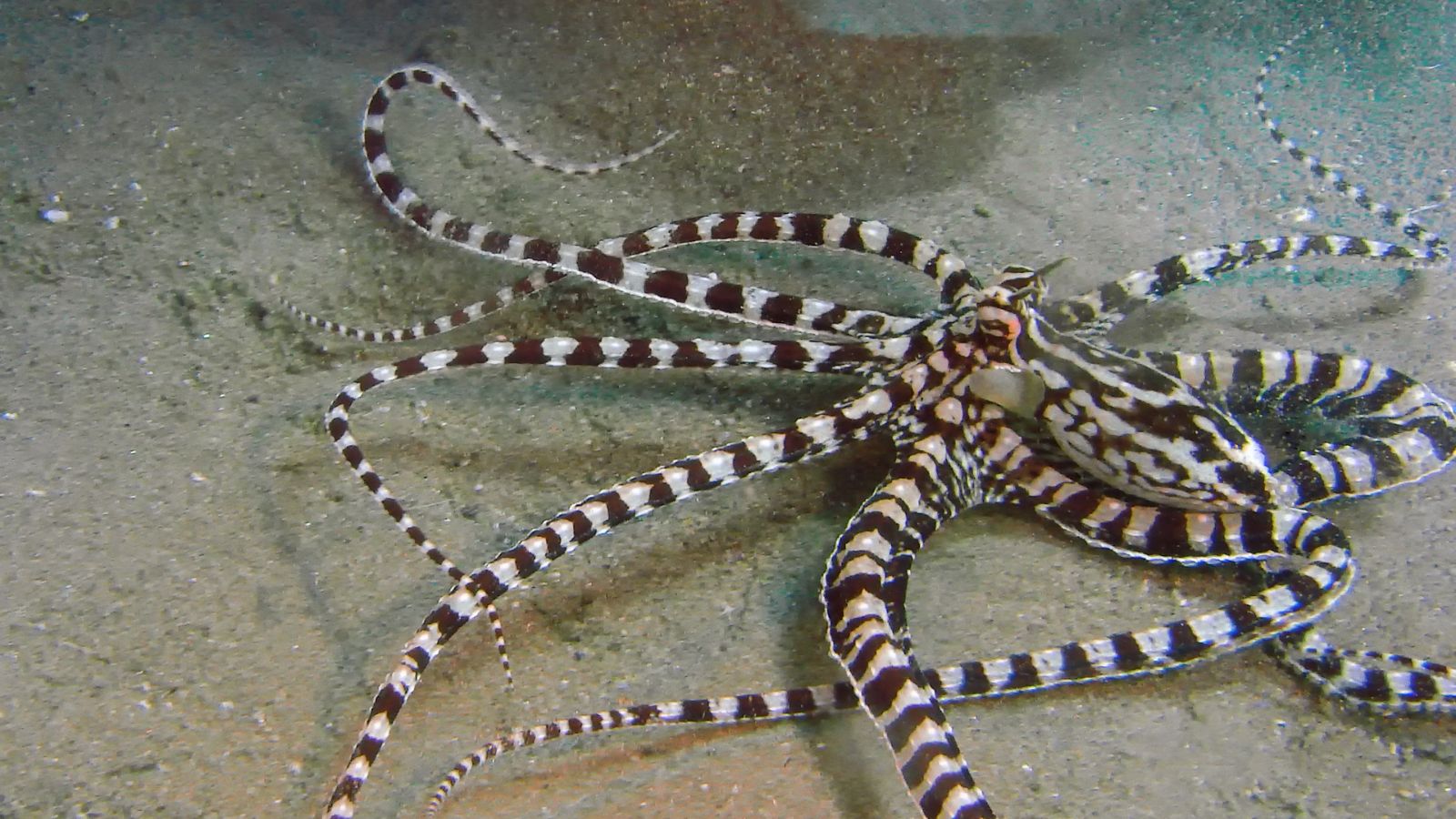
Taking camouflage to the next level by not just blending in but also mimicking other sea creatures, mimic octopuses are found in the shallow waters of Southeast Asia. It can deter predators by imitating the appearance and behaviour of these venomous animals, including lionfish, sea snakes, and flatfish.
Stonefish
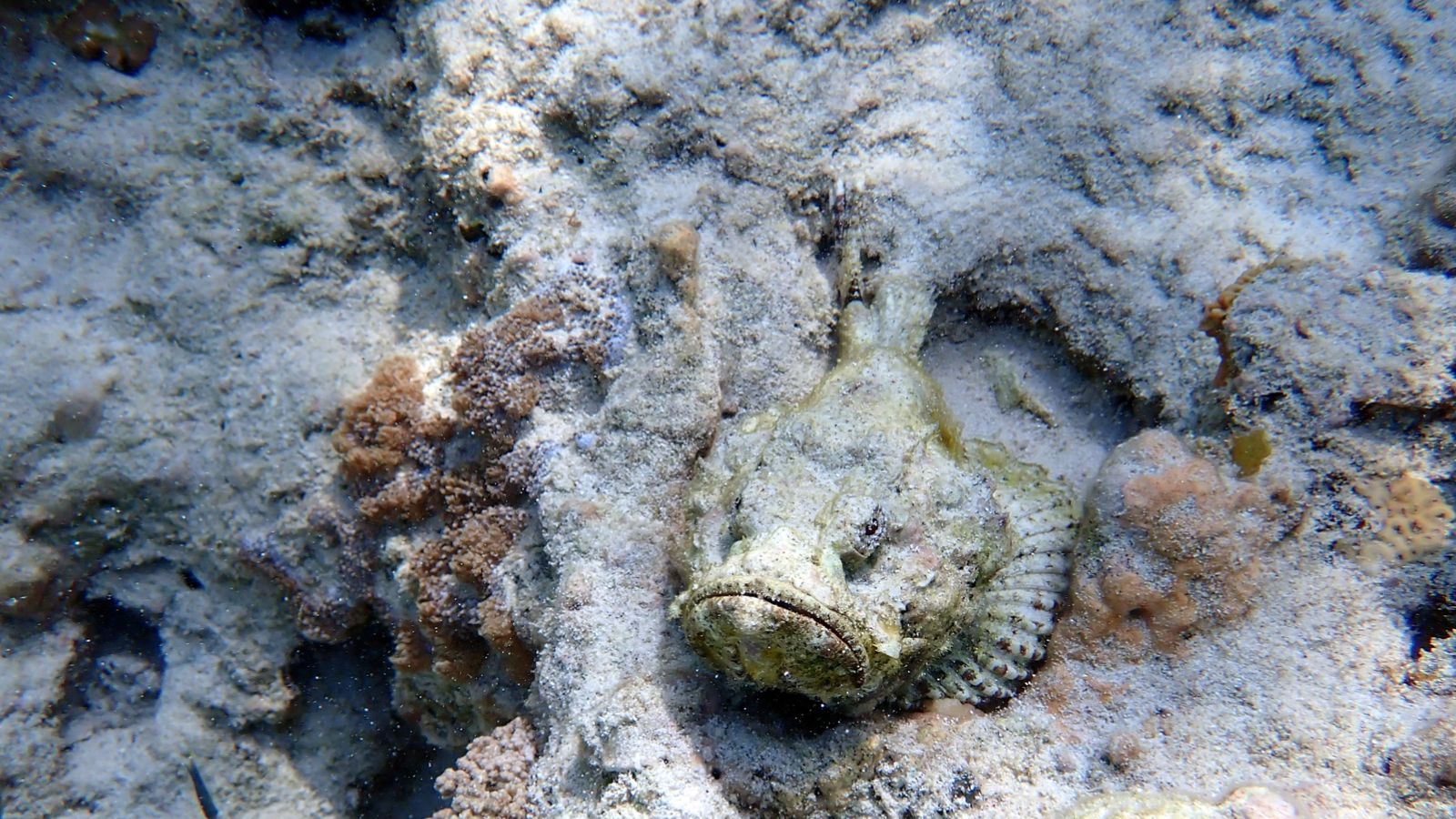
Stonefish are among the most venomous fish in the world—and also one of the best camouflaged. These fish have rough, mottled skin that looks just like a rock or a piece of coral, and they lie motionless on the ocean floor, waiting for unsuspecting prey to swim by. Their incredible camouflage makes them nearly invisible to both predators and prey.
Tawny Frogmouths

Tawny frogmouths are nocturnal birds with mottled feathers that resemble tree bark and excel at blending into their surroundings. Perching motionless on tree branches during the day, they’re often mistaken for part of the tree in their native Australia.
Peppered Moths
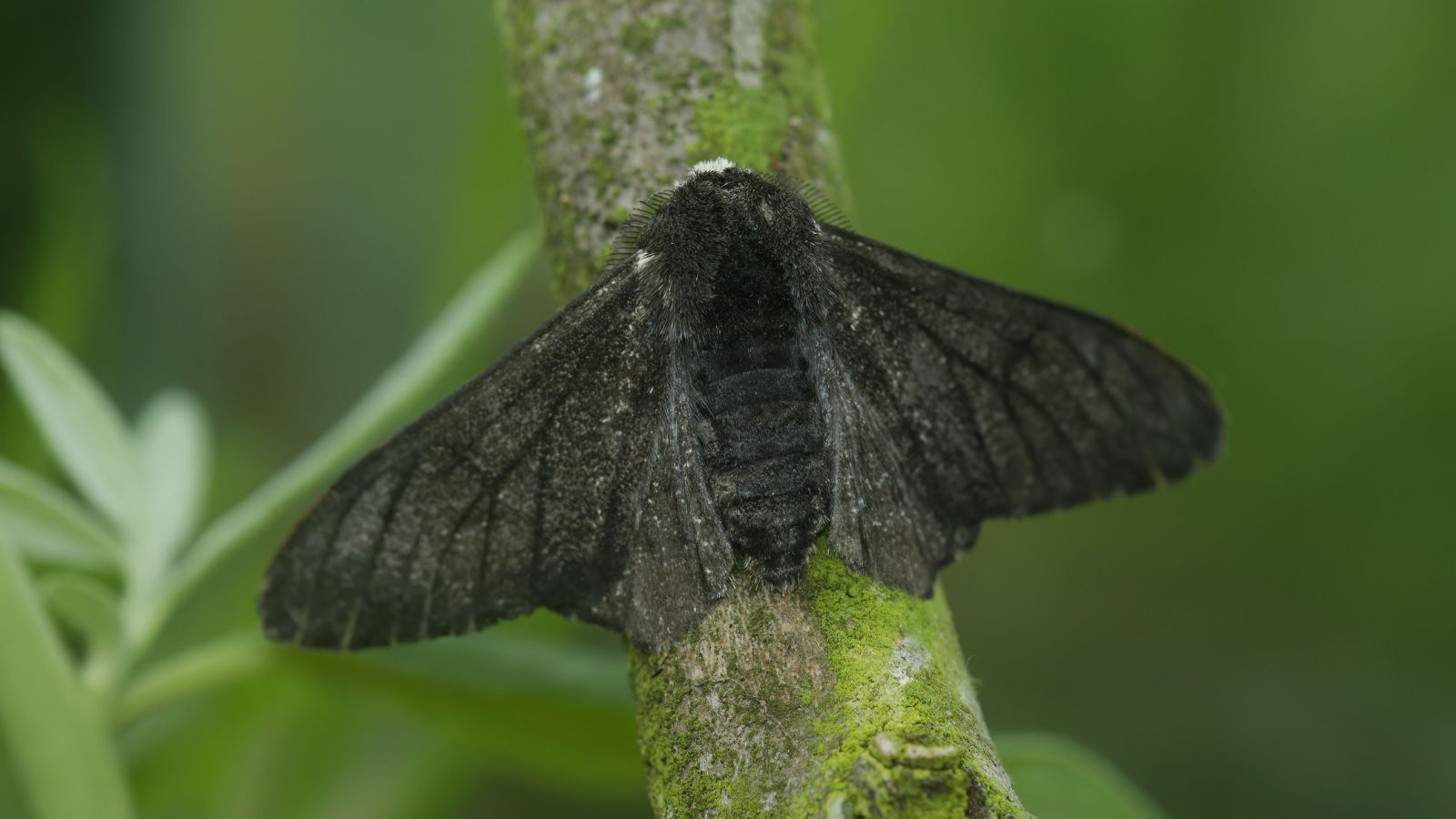
Peppered moths are a classic example of natural selection and camouflage. They come in two colour morphs, light and dark. In polluted areas where tree bark is darkened by soot, the darker moths are better camouflaged and thus more likely to survive, while in cleaner areas, the lighter moths blend in better with the lichen-covered trees.
Dead Leaf Butterflies
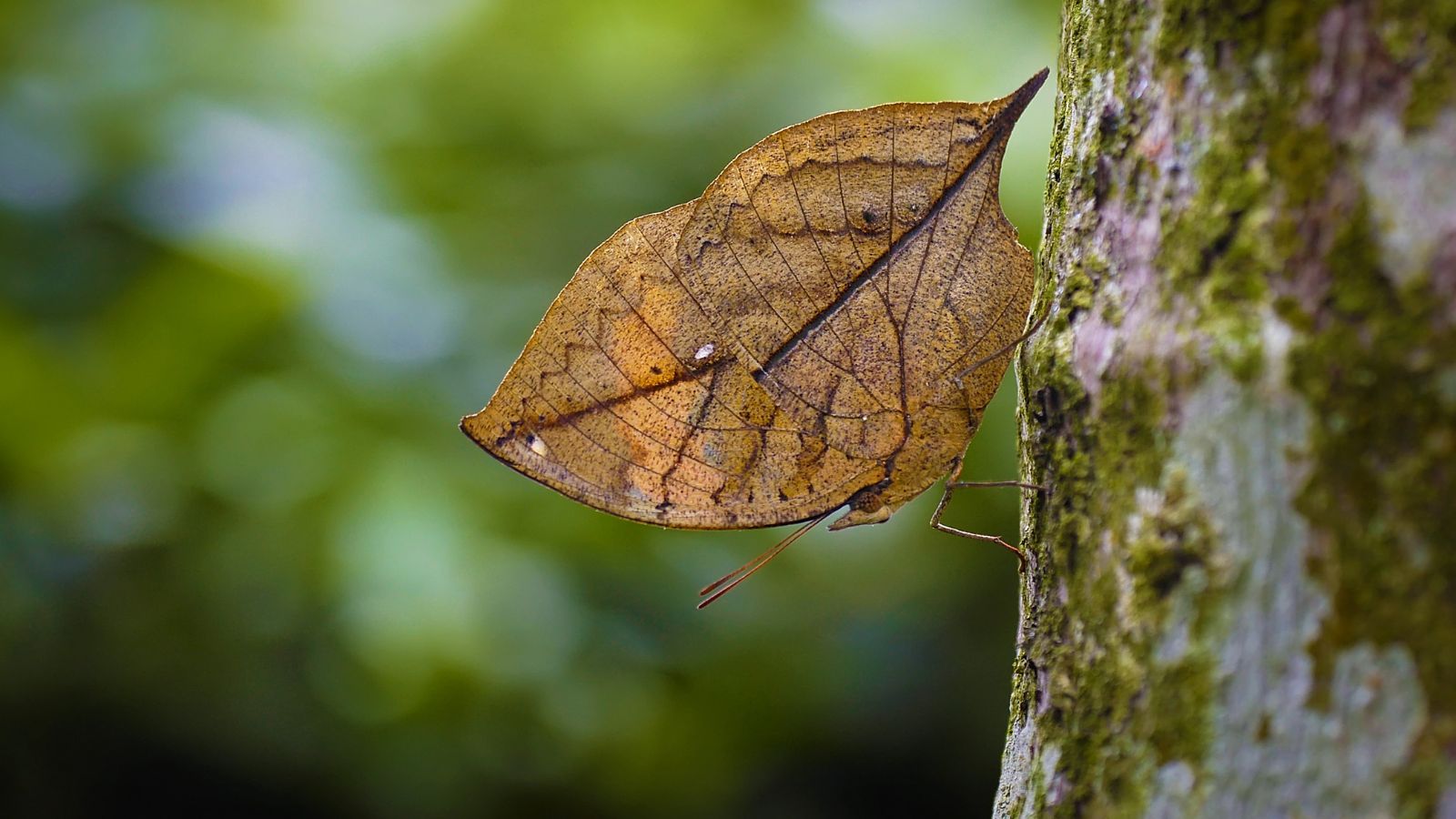
Aptly named for their uncanny resemblance to dead leaves, dead leaf butterflies are found in the forests of Asia, and have wings that look just like dry, brown leaves, complete with veins and spots that mimic leaf damage. When they close their wings and rest, they’re almost impossible to distinguish from real leaves on the forest floor.
Praying Mantises
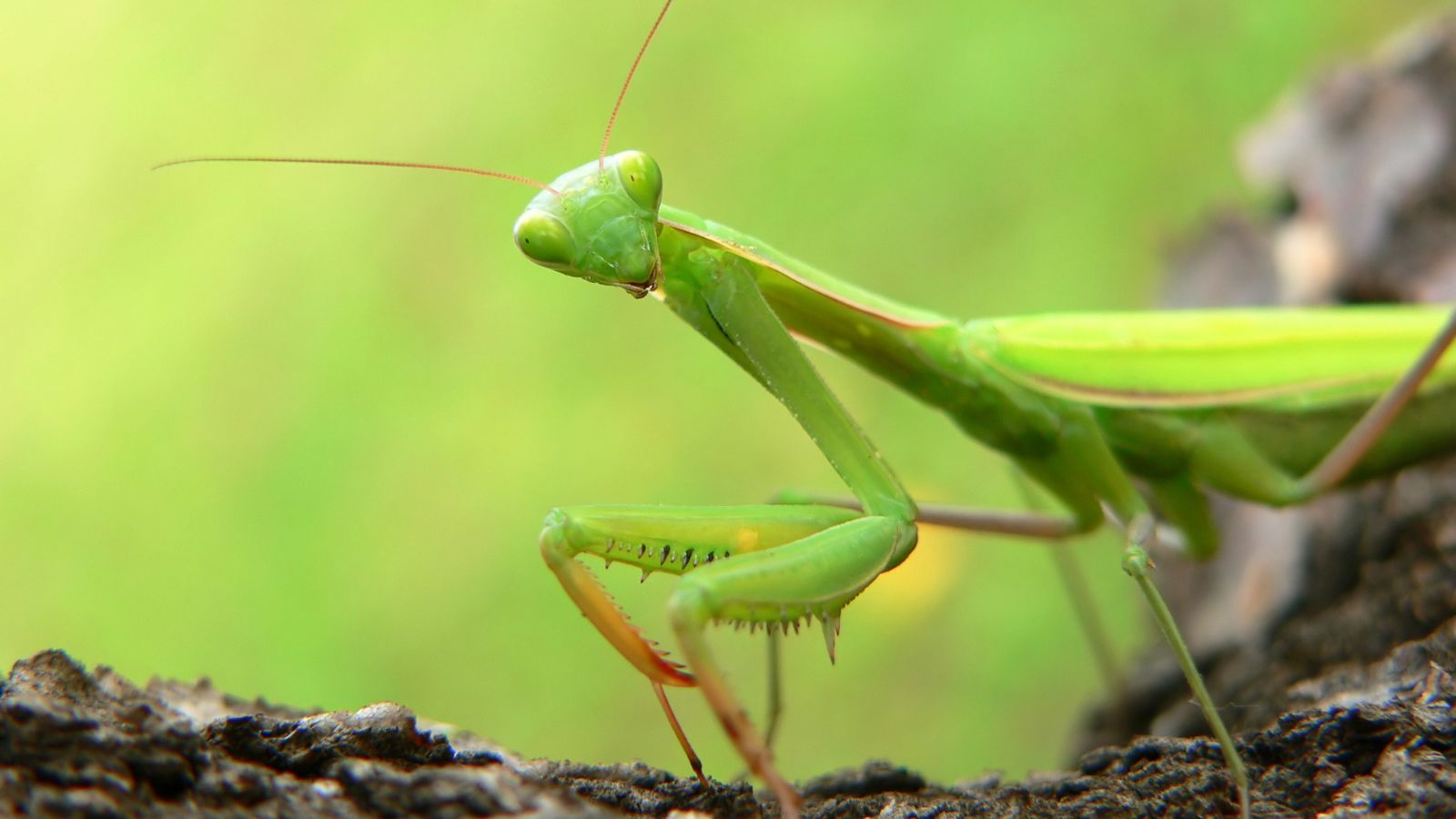
Praying mantises are known for their predatory prowess, but their camouflage is equally impressive. These insects often resemble leaves, flowers, or sticks, depending on their environment, and their green or brown colouration helps them blend into foliage, making it easier to ambush prey.
Arctic Hares
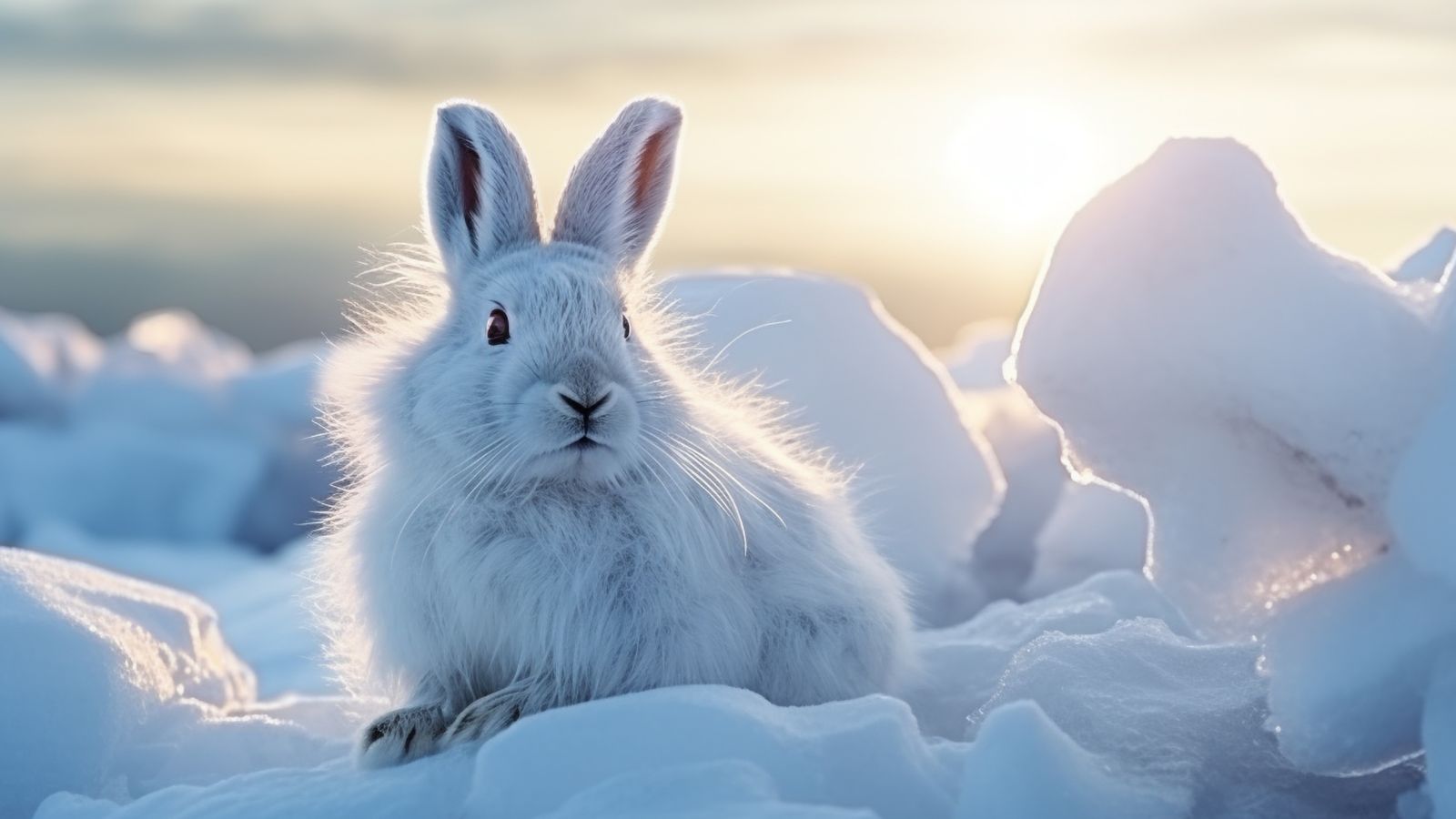
Having adapted to their cold, snowy environment with white fur that provides excellent camouflage, arctic hares are at their best in winter. This is because their fur blends seamlessly with the snow, making it difficult for predators like foxes and birds of prey to spot them. During the summer, their fur changes to a grey-brown colour to match the rocky tundra.
Leafy Sea Dragons
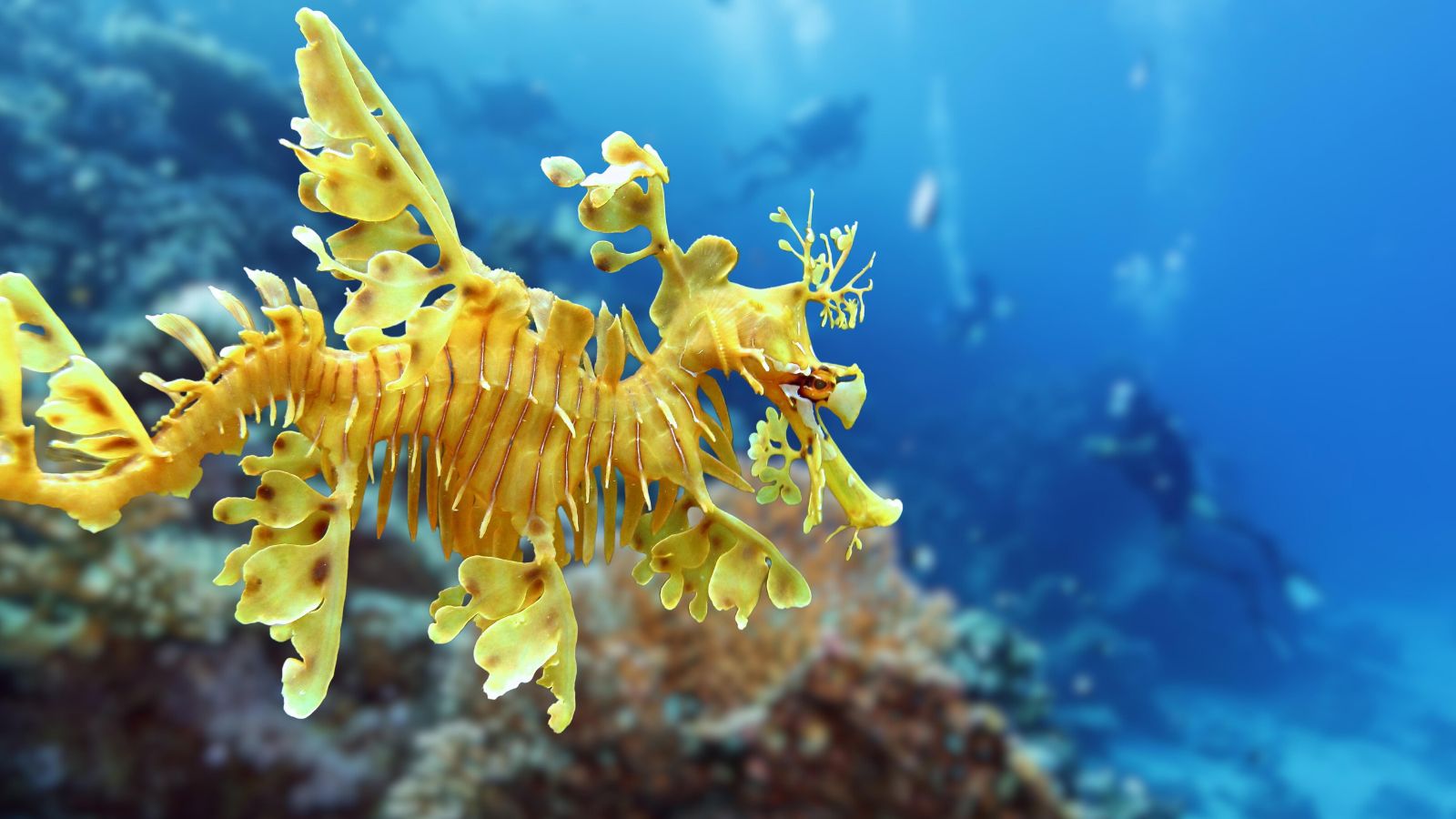
Leafy sea dragons are stunning marine creatures that look like floating seaweed and can be found along Australia’s southern and western coasts. These fish have leaf-like appendages that help them blend in with the seaweed and kelp in their environment, and their slow, graceful movements mimic the swaying of seaweed in the current.
Copperhead Snakes
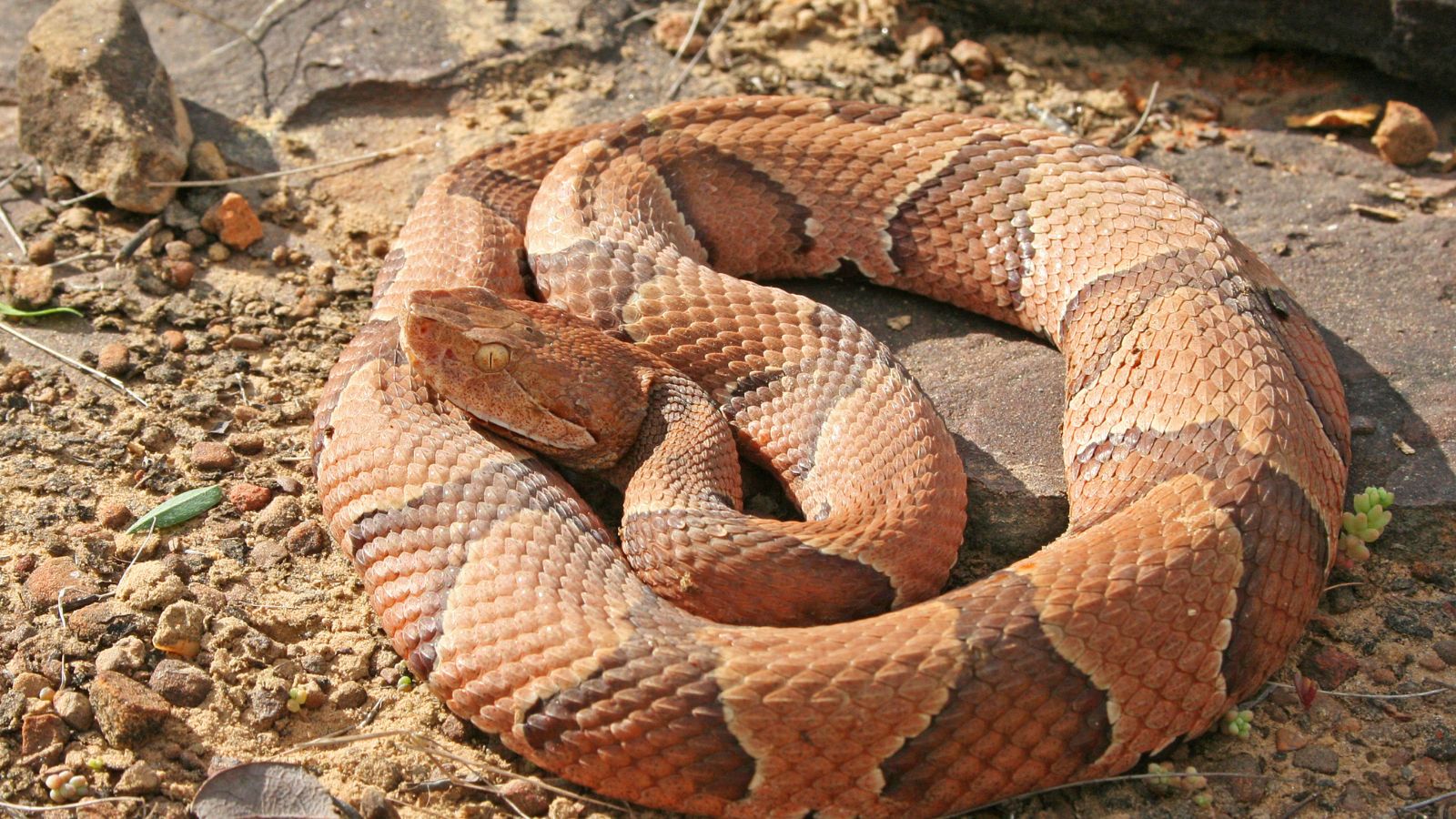
Venomous reptiles found in North America, copperhead snakes have reddish-brown, copper-coloured skin with hourglass-shaped bands that helps them blend into leaf litter and forest floors. This camouflage allows them to ambush their prey and avoid detection by any nearby predators.
Spiny Leaf Insects
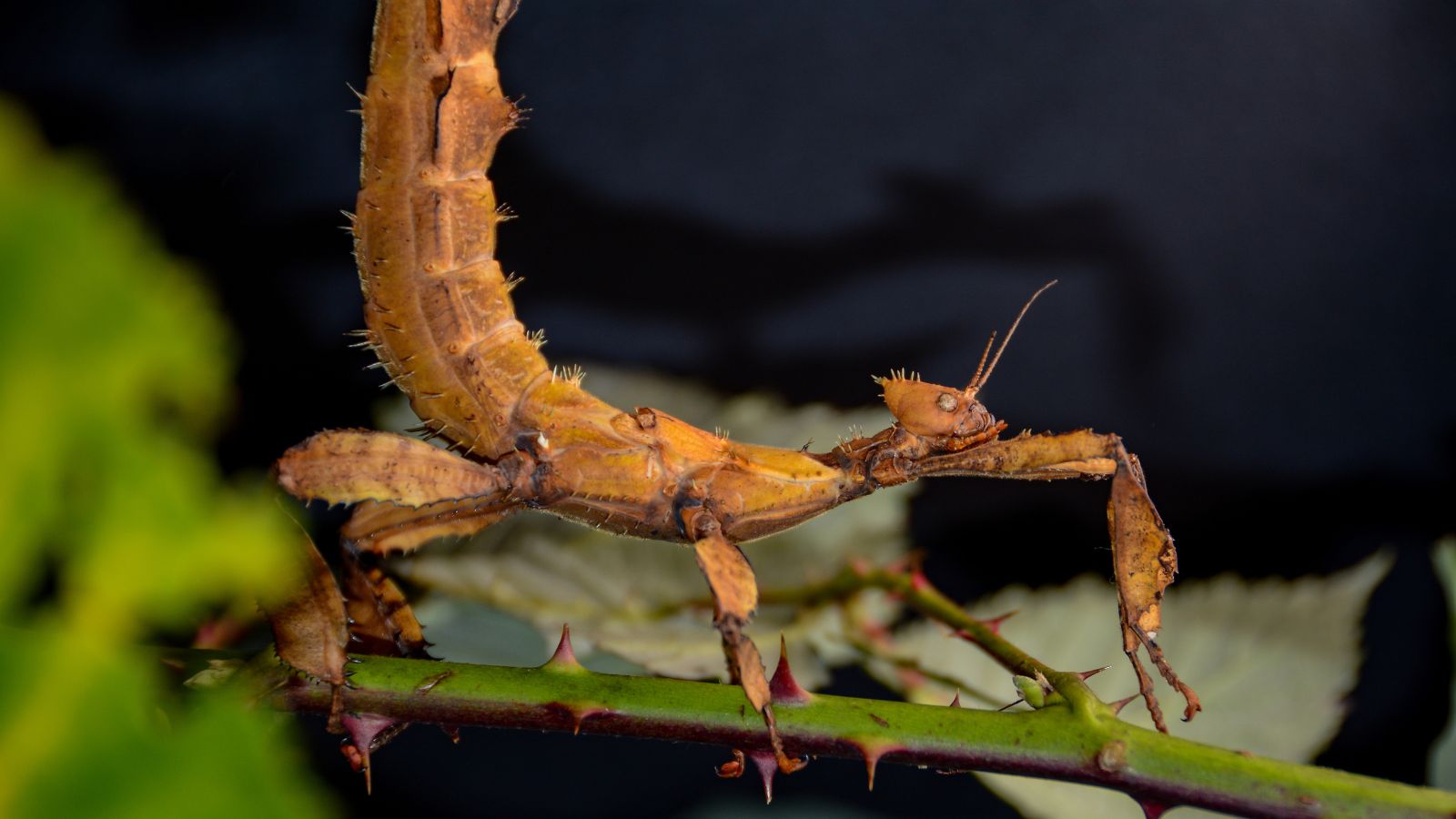
Spiny leaf insects, also known as giant prickly stick insects, are experts at mimicking leaves. Native to Australia, these insects have bodies covered in spines and ridges that resemble the veins and edges of leaves, and their green or brown colouration further enhances their disguise.
Horned Lizards
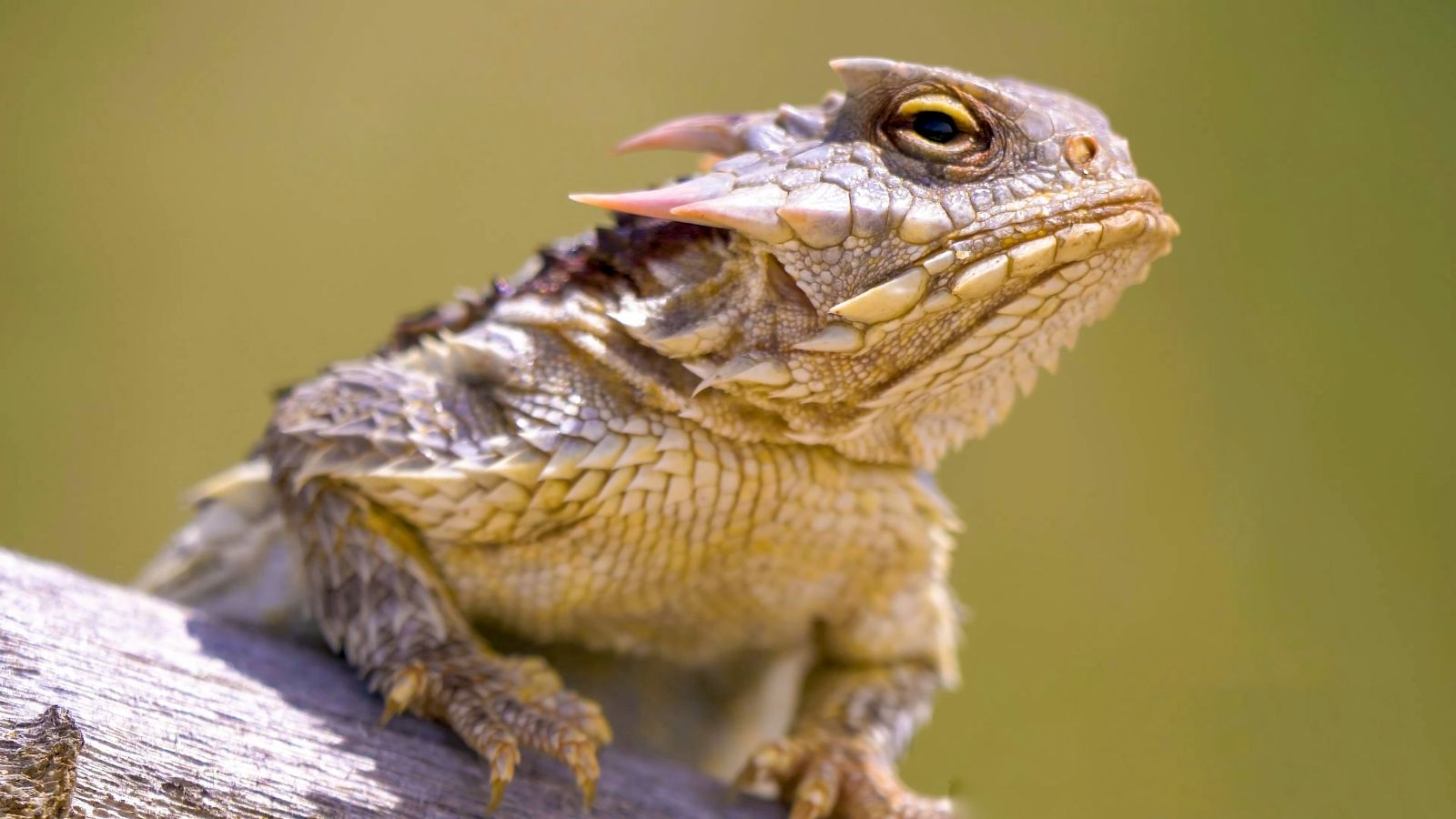
Also known as ‘horny toads,’ horned lizards are reptiles that blend into their desert environments with ease, and their rough, spiky skin and earthy colours help them match the sandy, rocky terrain. When threatened, they remain perfectly still, relying on their camouflage to stay hidden.
Nightjars
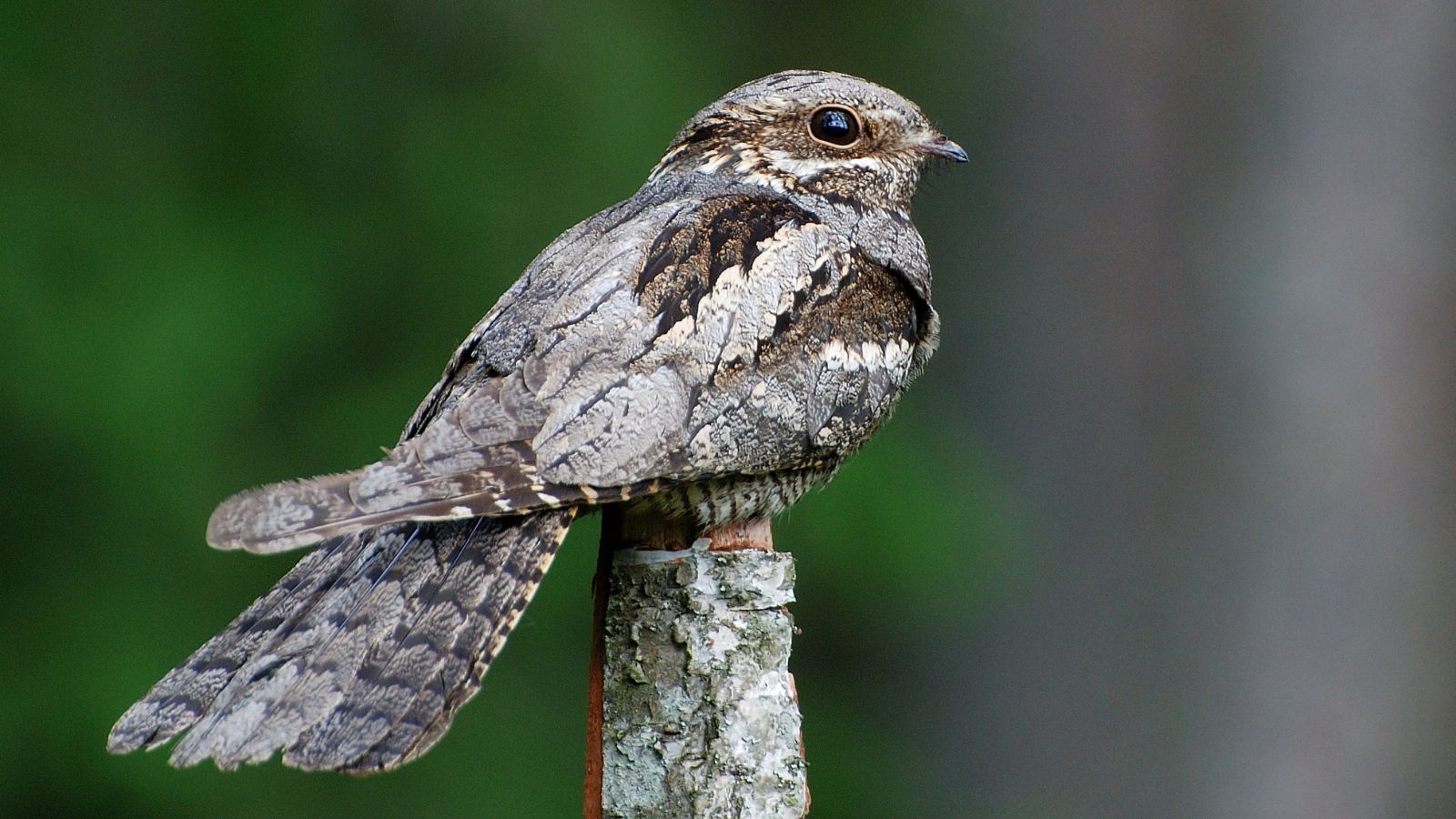
Our final master of camouflage is the nightjar, a nocturnal bird with exceptional camouflage abilities. Their mottled, brown-grey feathers blend perfectly with the forest floor, tree branches, or leaf litter where they rest during the day, and this camouflage helps them avoid predators and stay hidden while they sleep.

